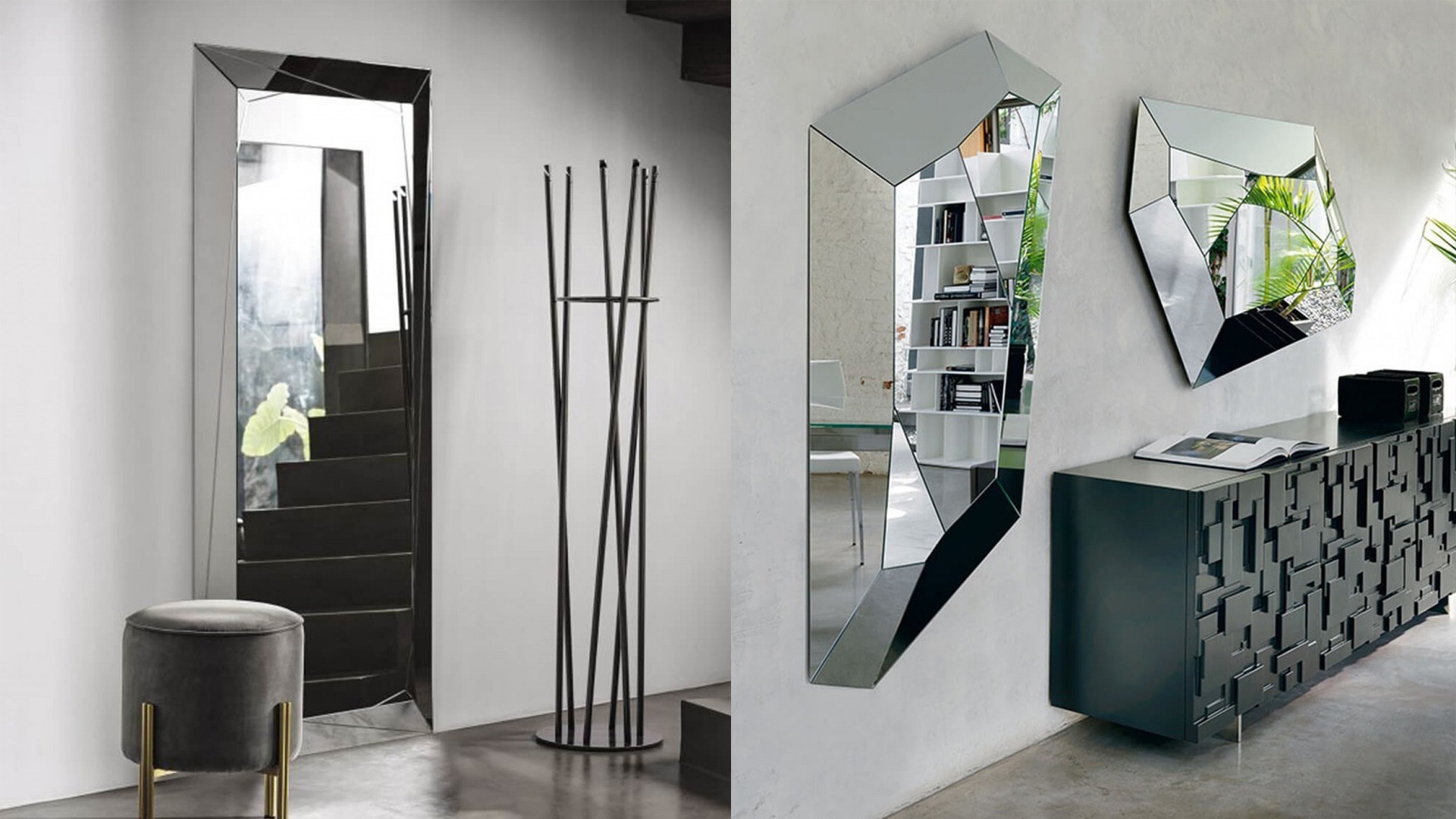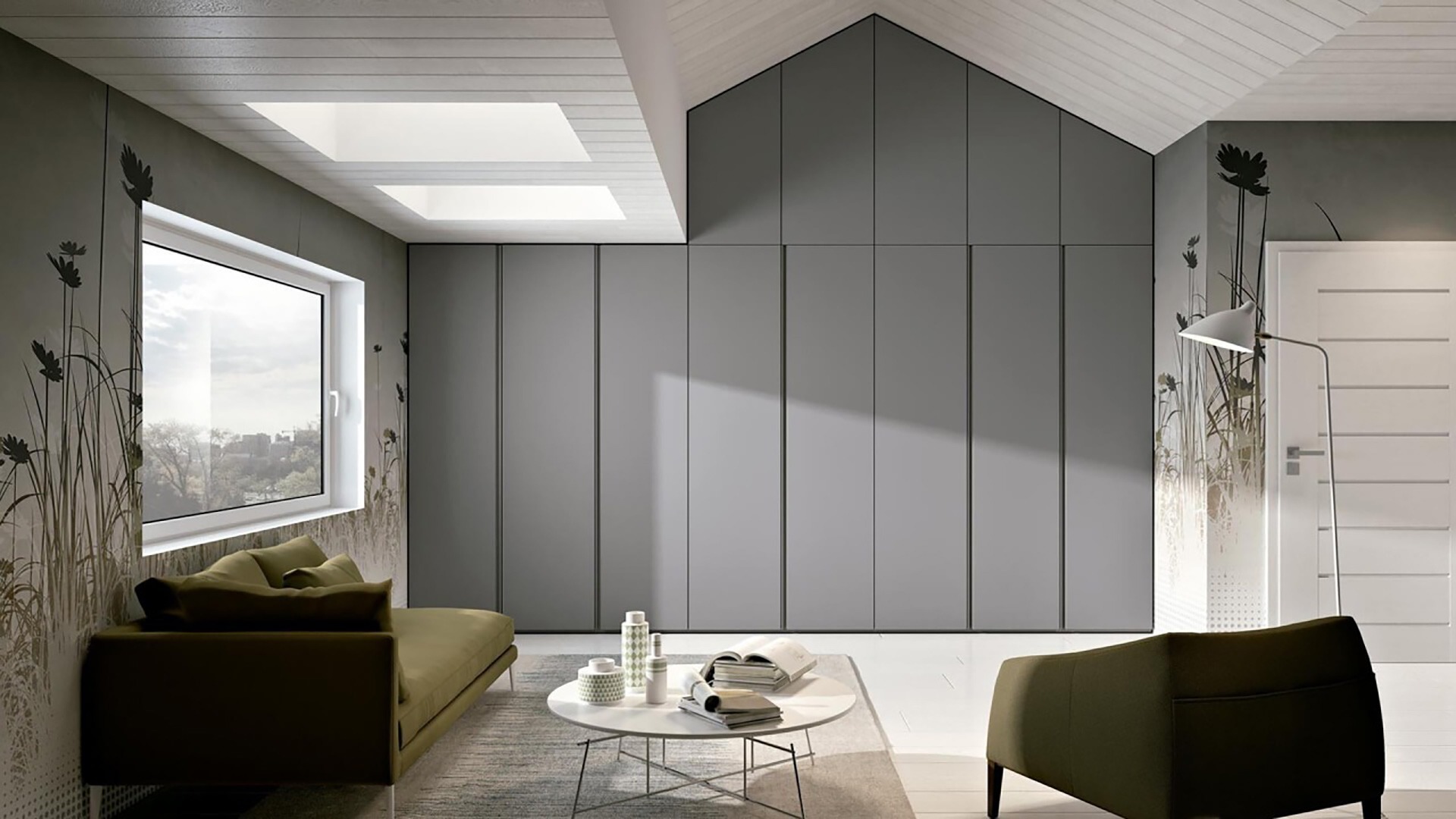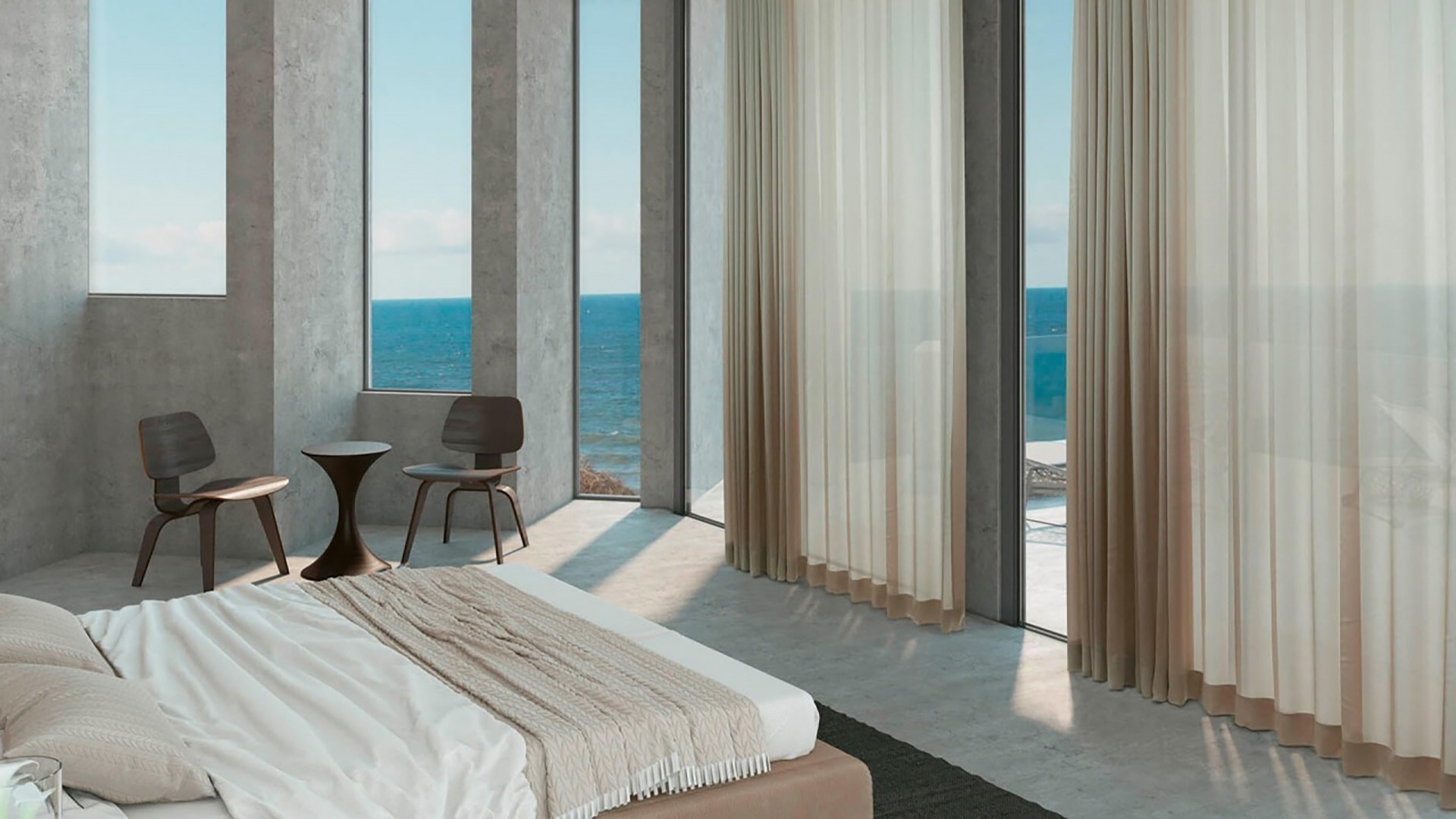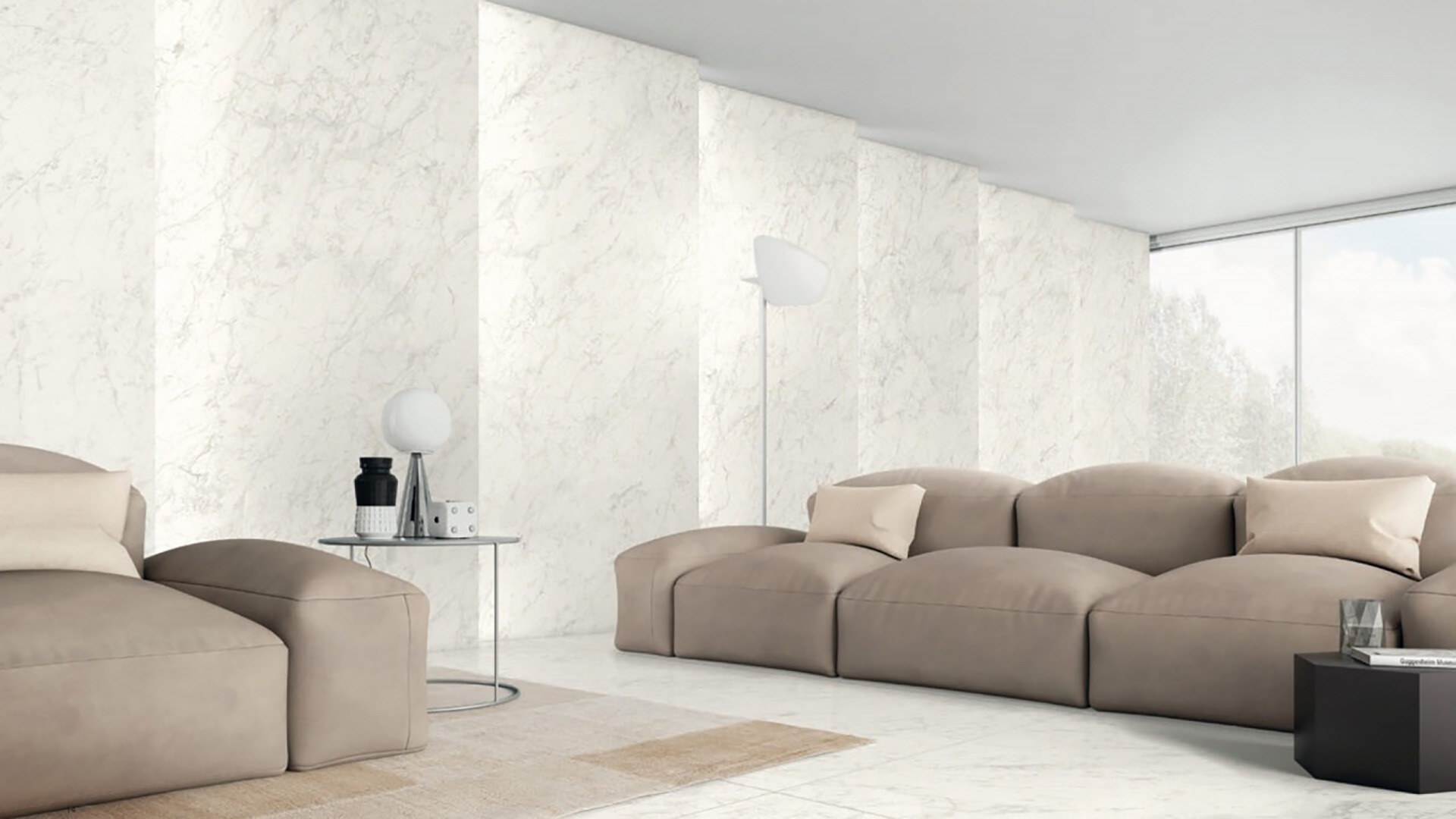4/16/2021
Art. 5 of the Ministerial Decree 05/07/1975 provides as follows:
"All the rooms of the accommodation (except for stairwells, closets, toilets, corridors, corridors, etc.), must have direct natural lighting suitable for the intended use. The width of the windows must be proportioned in such a way as to ensure a value of the Average Daylight Factor of not less than 2% (0.02) and in any case the opening surface must not be less than 1/8 of the floor surface (rai) ".
In short, to make an environment suitable for welcoming people inside it is necessary to have proper lighting and ventilation of the rooms, i.e. compliance with the factors indicated above: Average Daylight Factor (defined as the ratio, in percentage, between the average illuminance of the environment and the illumination that occurs at the same time on an external horizontal surface exposed to the celestial vault with a covered sky) and r.a.i. (ratio between the surface of the floor and that of the windows).
When compliance with the r.a.i. is mandatory:
- if you are carrying out a building renovation;
- in the case of a new construction;
- if you opt for an internal redistribution or the use of compartments.
This is what the law imposes by setting minimum requirements.
ADVANTAGES OF A HIGH RAI AND FMLD COEFFICIENT
Let's see in detail what are the advantages related to compliance with these requirements and, indeed, trying to aim for their increase when designing spaces:
- It has been shown in many studies that an FmLD greater than 5% guarantees visual and living comfort.
- Not only visual comfort, but also greater concentration and productivity
- The use of natural light is synonymous with eco-sustainability and respect for the environment that rewards those who use it with significant energy savings, thus ensuring a drop in the amount of bills.
- Regular exposure to natural light and adequate room ventilation are fundamental factors for the psycho-physical well-being of each individual, also regulating sleep-wake rhythms.
- Recent market research shows that very bright apartments are worth up to 10% more than standard apartments.
- An optically bright room appears larger
HOW TO INCREASE R.A.I. AND FMLD
It is not always possible to change the arrangement of the windows, and perhaps our house does not have a favorable orientation so you can use some small tricks to increase the average factor of daylight:
1. Clear and reflective coatings and mirrors
The arrangement of the mirrors is not only an excellent solution to give depth to the rooms, but they can be positioned to reflect the light that enters the windows and distribute it throughout the room
The use of reflective coatings such as glossy tiles and lacquered furnishing accessories and the choice of light colors can only help increase the brightness of the spaces.

2. Use Zenithal light where possible (light from above)
The orientation of our home is not always optimal, but it can be remedied by placing a source of natural light that comes from above so that we can illuminate every space in a natural way until the evening.

3. Thin curtains
Using curtains that let in the light, choosing light fabrics that are thin and light will help make the environment brighter. Alternatively, where possible, external awnings can be installed to avoid overheating of the sun directed against the glass, but shading without obstructing the windows.

4. Light wall and ceiling colors
Painting the ceiling a brighter and lighter shade than the walls or with a glossy paint allows for more space and more light.
